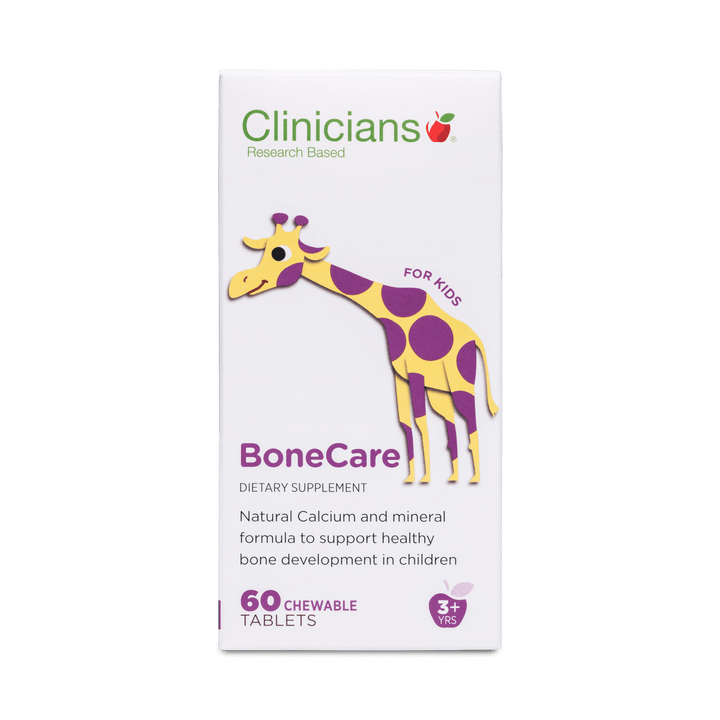When we think about the body and health, we often focus on the vital organs - the heart, brain or blood vessels, but your bones are quietly doing the heavy lifting every day. They support your body, protect vital organs, and store key minerals. Yet, most people don't give bone health much thought until something goes wrong and a fracture happens, or osteoporosis is diagnosed.
The good news? You can take simple, proactive steps now to build stronger bones and reduce your risk of bone loss later. And one of the most powerful tools isn't found in your medicine cabinet, it's something you do: Regular Exercise.
It's More Than Just Breaks and Fractures
Bone loss doesn't happen overnight. Starting as early as your 30's, bone density begins to gradually decline. Over time, this can lead to conditions like osteopenia or osteoporosis, which significantly increase the risk of fractures, particularly in the hips, spine, and wrists.
But the impact goes beyond just broken bones. A fall-related fracture can lead to long-term pain, reduced mobility, loss of independence, and even increased risk of other health complications.
Move It or Lose It: Exercise and Bone Density
Your bones are living tissue. Just like muscles, they respond to the stress of physical activity by getting stronger. That's why movement, especially weight-bearing and resistance exercises, are essential for bone health. When you engage in these types of exercises, you cause mechanical stress on the bones. This stimulates bone-forming cells called osteoblasts, which begin laying down new bone tissue to reinforce areas under pressure. Over time, this process strengthens bones and increases, or helps maintain, bone mineral density. The result? Stronger, denser bones that are better equipped to withstand the demands of daily life and reduce the risk of fractures.
Types of exercise that are particularly beneficial includes:
- Weight-bearing exercises like walking, dancing, or hiking
- Resistance training such as lifting weight, Pilates with resistance, or even just using resistance bands at home
- High-impact activities like jumping or plyometrics (if safe for your joints and fitness level)
And it's not just about bones. Stronger muscles mean better balance, reducing the risk of falls and further protecting bone health.
Not Just for the Elderly
If you think bone health only matters after menopause or in old age - think again.
While postmenopausal women are at higher risk of rapid bone loss, prevention starts much earlier.
Bone health concerns can arise across many life stages and situations:
- Athletes of all genders: Anyone training intensely while not consuming enough energy can experience low energy availability (LEA), where energy output exceeds energy intake. In this state, the body prioritises essential organ function and down-regulates non-essential systems. One of which is bone maintenance. Over time, this can lead to Relative Energy Deficiency n Sport (RED-S), a condition that affects bone density, hormonal balance, immune function, and more.
- In females, a major red flag for LEA is irregular or absent menstrual cycles. Often, this is unintentional, and the result of high training volumes combined with inadequate fueling. The hormonal disruption associated with LEA can impair calcium absorption and bone turnover, increasing the risk of low bone density and stress fractures - even in young, otherwise healthy athletes.
- Men and Women over 30: This is when natural bone mass begins to gradually decline, making regular activity and nutrition even more important.
- Older adults: More susceptible to falls and fractures, this group benefits greatly from strength, balance, and mobility exercises to preserve independence and quality of life.
Building a strong foundation early, and supporting it throughout life, means better protection as you age.
Simple steps to stronger Bones
Ready to get moving? Here are five ways to support your bones starting today:
- Aim for at least 30 minutes of weight-bearing activity every day
- Include a mix of weight-bearing, strength training, flexibility and balance exercises for optimal bone health, most days of the week
- Try Pilates or resistance bands for joint-friendly muscle work
- Ensure your diet includes calcium-rich foods and Vitamin D
- Talk to your health professional about a supplement for added support
Strong Bones, Strong Future
Bone health isn't just about avoiding fractures. It's about creating a solid foundation for lifelong mobility, strength, and vitality. And its never too early, or too late to start. Combining regular movement, smart nutrition, and targeted supplementation can keep your bones strong and resilient for decades to come.
Your future self will thank you.


